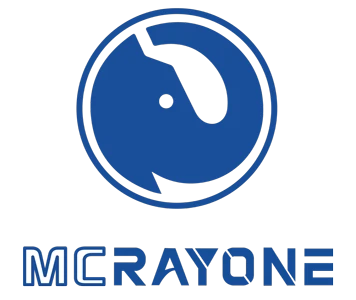Palm Oil Derivatives And Their Applications
The media often emphasized the widespread use of palm oil in food and household daily chemical products, as well as the widespread deforestation related to it. But what people do not know is that it also exists in other forms such as fatty acids, fatty alcohols and glycerol, and is more and more widely used in chemical and industrial manufacturing sectors such as pharmaceuticals, coatings and plastics.

Over the past three decades, the production of this most popular vegetable oil in the world has increased fivefold, reaching nearly 77 million tons in 2021.
Like most oils, palm oil is a mixture of many compounds that can be broken down into hundreds of derivatives. These derivatives can be used in a variety of products, from chocolate and pizza to toothpaste and shampoo, and even paper and flame retardants.
Palm oil processing is a highly stretchy process: many different pathways can be followed. Because this oil is stable at high temperature, can be well mixed with other components, and has natural anti-corrosion effect, which can extend the shelf life of the product, palm oil and its derivatives have become a popular important component in numerous edible and non edible products.
Like most oils, palm oil is rarely used in the form of its crude oil. First, the pungent orange red crude palm oil is physically refined and separated into different components, i.e. fractions, and then chemically refined and further decomposed into compounds called oil chemicals. However, any material from palm oil can be regarded as a palm oil derivative. As we will see, it is not easy to investigate the real application of palm oil derivatives in our lives.

What is palm oil derivative?
The fractions and other derivatives of crude palm oil account for about 60% of the global palm oil consumption. However, due to the complexity of its supply chain, it is more difficult to track and evaluate whether its production is sustainable than crude palm oil. In some cases, the derivative may undergo more than ten transformations before forming the final product.
No matter which chemical route is adopted, the production of palm oil starts from the fresh fruit bundles supplied by oil palm plantations to oil refineries. After the oil palm fruit bundles are transported to the oil extraction plant, they are threshed and processed into crude palm oil and crude palm kernel oil. The crude palm oil is extracted by pressing the pulp, while the crude palm kernel oil is extracted by pressing the seeds. The average extraction rates of palm oil and palm kernel oil from fresh fruits are about 20% and 2-5%, respectively. In other words, 200 kg of crude palm oil and 20-50 kg of crude palm kernel oil can be extracted per 1 ton of fresh fruit bundle.
After coming out of the oil refinery, crude palm oil and crude palm kernel oil are transported to the refinery for refining, decolorization and deodorization. The physical refining process removes all unwanted substances such as free fatty acids, phospholipids and metal compounds. Physical refining is usually preferred over chemical refining because it requires less chemicals and generates less liquid waste, and the overall output is higher.
A by-product of the refining process is the palm fatty acid distillate. This light brown, semi-solid and inedible residue is more and more widely used. It can be used as raw material for producing biodiesel, candles, soaps, animal feed and some chemical products. About 3 million tons of fatty acid distillates are produced annually through palm oil refining. Due to its market value and multiple uses, there is some controversy about whether it should be regarded as "processing residue".

Since the 1980s, the demand for palm oil in the food and chemical products manufacturing industry has been increasing, which has promoted the great progress of the physical and chemical processing technology of palm oil.







